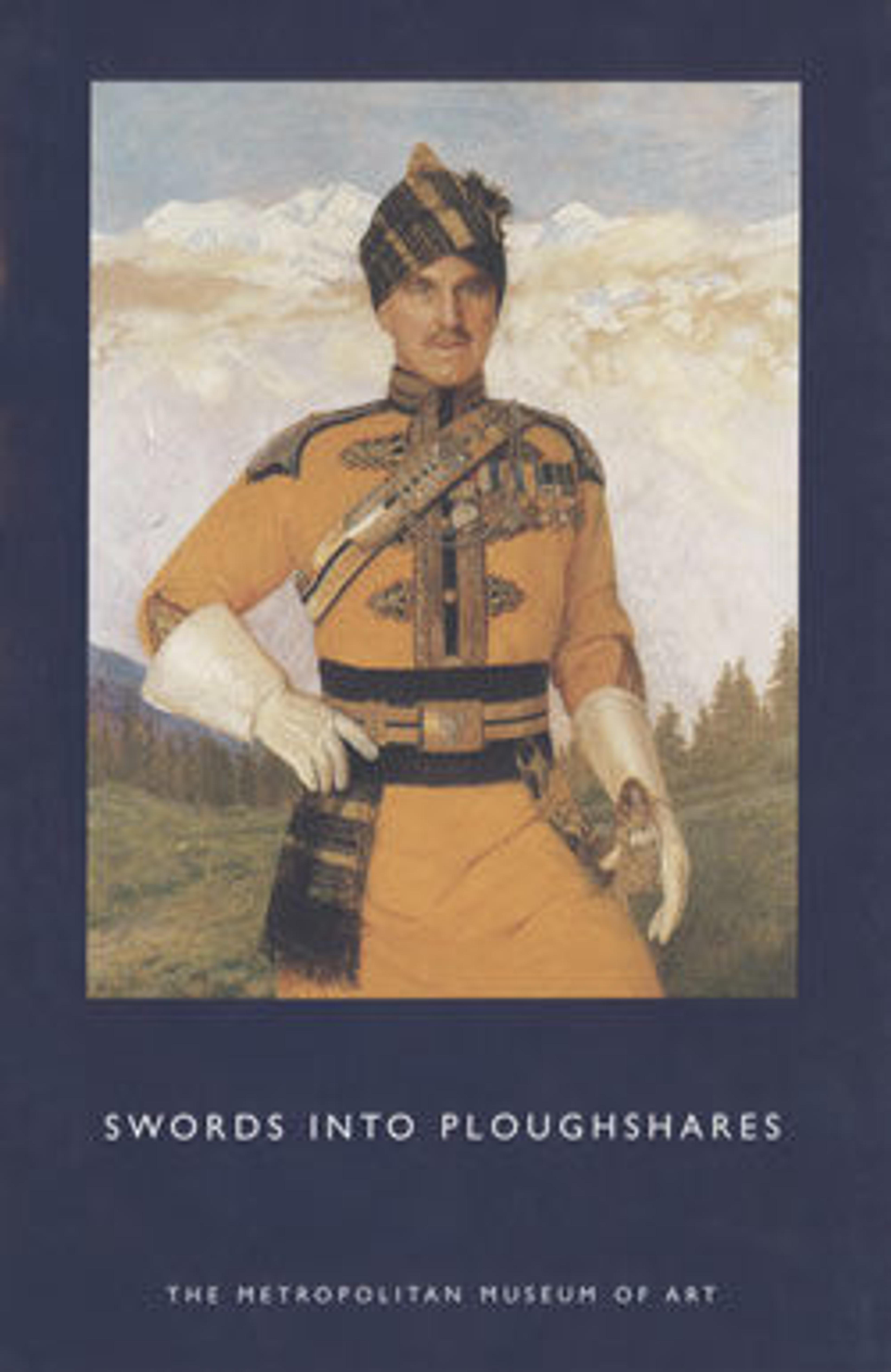Riding coat
Many male critics of social behavior, including Pepys and Addison, disliked the "immodest custom" of ladies wearing masculine attire. The ladies, however, found masculine tailoring not only practical for their sports clothes but alluring as well. A discerning but, alas, anonymous gentlemen agreed with them and made the following lively remarks in the weekly Register of July 10, 1731:
The Riding Habit simply, with the black velvet cap and white feather, is in my opinion, the most elegant dress that belongs to the ladies’ wardrobe; there is a grace and gentility in it that all other dresses want; it displays the shape and turn of the body to great advantage, and betrays a negligence that is perfectly agreeable…. She who makes her actions most conformable to that standard, will always be most secure of conquests and reputation.
The Riding Habit simply, with the black velvet cap and white feather, is in my opinion, the most elegant dress that belongs to the ladies’ wardrobe; there is a grace and gentility in it that all other dresses want; it displays the shape and turn of the body to great advantage, and betrays a negligence that is perfectly agreeable…. She who makes her actions most conformable to that standard, will always be most secure of conquests and reputation.
Artwork Details
- Title: Riding coat
- Date: ca. 1775
- Culture: British
- Medium: silk, goat hair
- Credit Line: Purchase, Mr. and Mrs. Alan S. Davis Gift, 1976
- Object Number: 1976.147.2
- Curatorial Department: The Costume Institute
More Artwork
Research Resources
The Met provides unparalleled resources for research and welcomes an international community of students and scholars. The Met's Open Access API is where creators and researchers can connect to the The Met collection. Open Access data and public domain images are available for unrestricted commercial and noncommercial use without permission or fee.
To request images under copyright and other restrictions, please use this Image Request form.
Feedback
We continue to research and examine historical and cultural context for objects in The Met collection. If you have comments or questions about this object record, please contact us using the form below. The Museum looks forward to receiving your comments.
